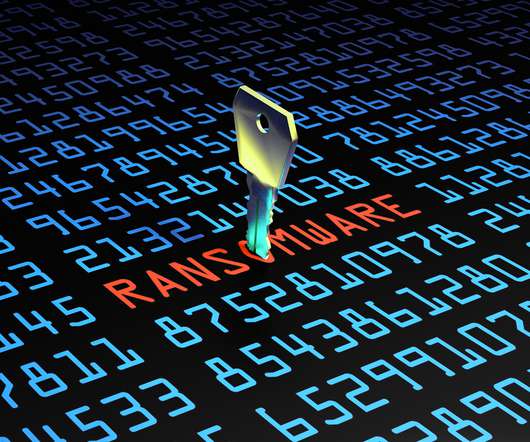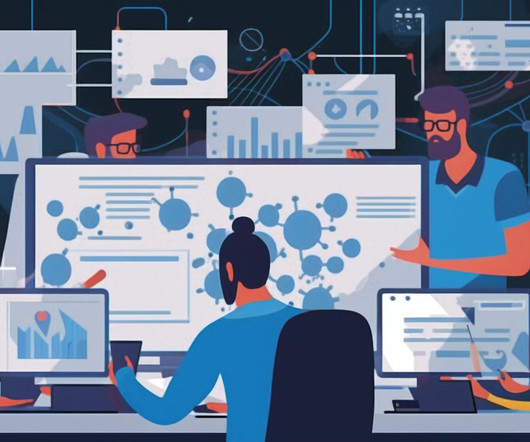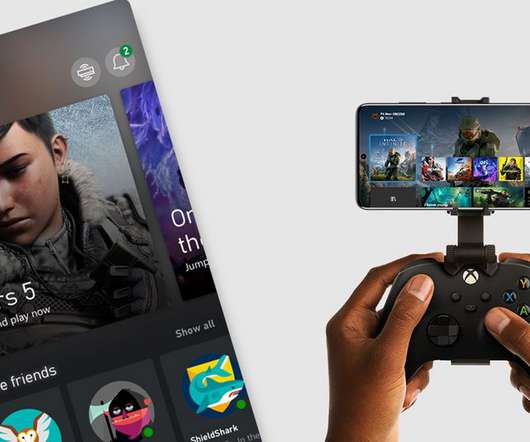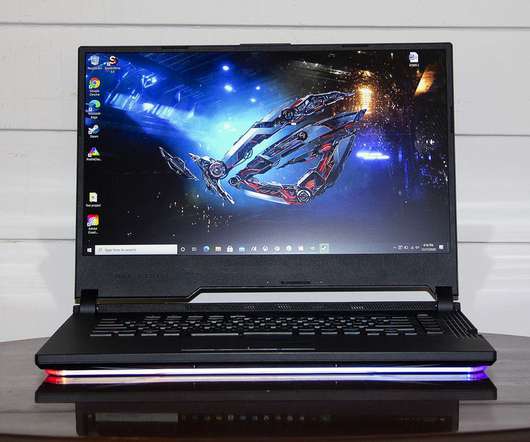The LAN: A History of Network Operating Systems Part 6
IT Toolbox
AUGUST 30, 2017
Token Ring) LANs resulting in the capture of a much larger market share." These conclusions were largely based on assumptions, at the time, that growth in the marketplace will come largely in LANs based on international standards. In 1987 it was said, "throughout the 1990s we should anticipate that there will be a growth in 802.3































Let's personalize your content